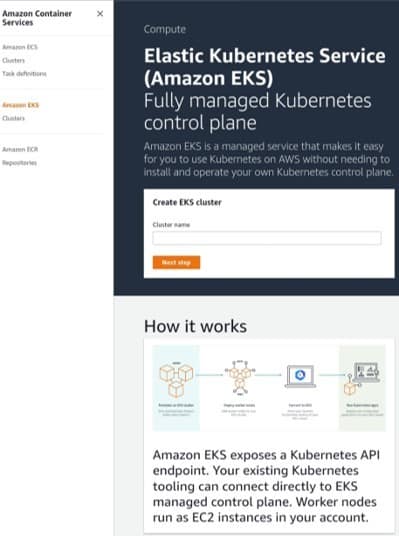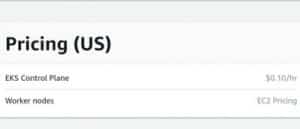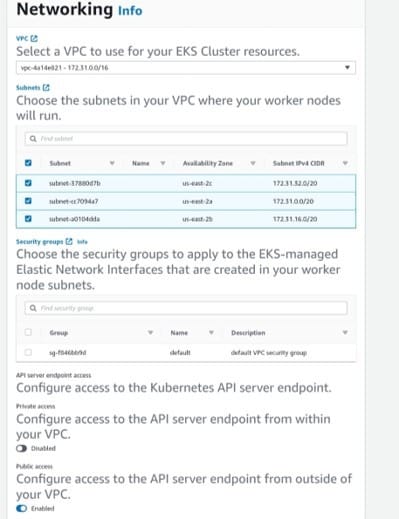What is Azure Kubernetes Service (AKS)?

Azure Kubernetes service
It is a service that gives power to engineers and developers and provides them with the ability to just easily deploy and manage containerized applications.
It features serverless Kubernetes, its deep continuous integration and continuous delivery (CI/CD) tool, which includes enterprise-grade security and governance.
It is an ideal option to go for by enterprise IT teams who wish to use a single platform to swiftly build, deliver, and scale the applications which they develop.
Cost for Running AKS?

cost of running Azure Kubernetes service
Azure pricing state that the costs of cluster management are free.
However, users have to actually pay for all of the nodes upon which the containers are built.
To run AKS you should only pay for the VMs that are provisioned, for the storage which your teams may be using, and also for any data transfer costs which may be involved.
Getting to use AKS will open the door to other paid Azure services and tools, for example Azure DevOps, Azure Active Directory, and more, so that you get to better monitor and manage your containerized infrastructure.
| VM | Cluster management costs | Cost per month, pay-as-you-go |
| D2 v3, general purpose | $0 | $85.41 |
| E2 v3, memory-optimized | $0 | $108.04 |
| F2, compute-optimized | $0 | $90.52 |
What are some other basic cost considerations?

Azure Kubernetes service cost considerations
Using AKS means that you will get to provision and manage lightweight services, but also decrease any fault tolerance because you’re running only 1 OS for managing multiple services.
Yet, it is going to cost less when doing such a thing rather than running traditional VMs.
CI/CD and DevOps services which are additionally factored are going to bring these costs up.
By adding even additional features you are going to increase the costs of running a VM.
As the VMs are getting billed per second, other options such as adding SSDs or services are going to have different pricing methods and requirements, taking as an example: SSDs charge by transaction units.
AKS considers Reserved VM Instance pricing
-It’s possible to cut down the cost of running some VM nodes while using AKS with the Reserved VM Instances.
-By paying up-front in either a 1-year or 3-year term you will allow your teams to efficiently save on cloud costs.
-Know that some planning is needed as your teams should be able to commit to a lot longer timeframe of utilization
-Savings are greatest with one year reserved yielding savings of around thirty-two percent for the D2 v3 and three years yielding about fifty-seven percent of savings
-To reach the most out of Reserved VM Instance pricing, do the following:
- Go ahead and make a meeting with your teams and engineers
- Perfectly determine the number of nodes required to meet containerization needs, because of the fact that operating the cluster management tools is free of charge
- After determining how many nodes are required, and getting an idea of how much they need to be utilized
- You should then make the best most confident investment into either the one-year or the three-year Reserved VM Instance and start saving greatly
Cloud cost management role:
-The provision of infrastructure for containers can be easy and simple to do on Azure, but the management of their costs at enterprise scale as time goes by gets complicated.
-Native cloud cost tools are not such a good choice for providing visibility into which teams, applications, and services are utilizing which portions of the containerized infrastructure.
-Such a failure is governed by the fact that:
- Teams have both used and idle container resources which they pay for
- They have to allocate these resources based on actual utilization
-Not all of the cloud cost tools can provide visibility to the proper allocation of resource usage to the right cost centers for chargebacks.
What provides correct tagging and cost visualization for containerized workloads?
-Use a cloud cost optimization platform to take on container costs with ease
-Use a platform with a robust data engine that gives your teams the ability to ingest containerization and node utilization costs as time passes by
Cloud cost management platforms may offer aid to organizations to accurately allocate costs by doing the following:
- Tag and track Kubernetes services, clusters, namespaces and labels
- Organize idle resources
- Provide a single pane of glass for the reporting on and management of clusters that span multiple accounts and cloud providers